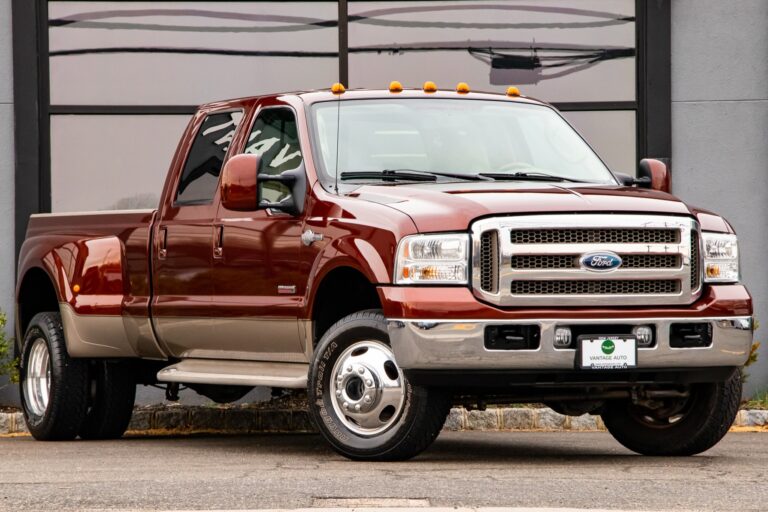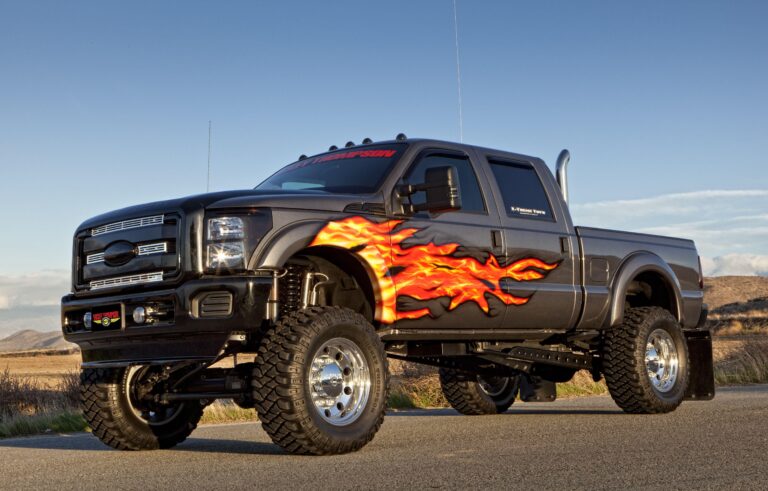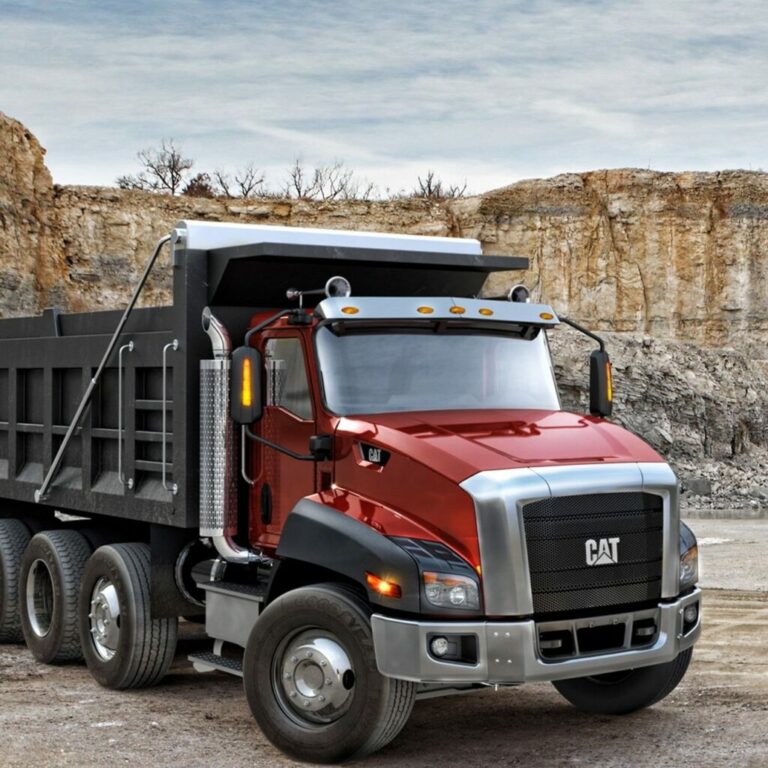Used Chevy S10 Pickup Trucks For Sale: Your Comprehensive Guide to Finding the Perfect Workhorse
Used Chevy S10 Pickup Trucks For Sale: Your Comprehensive Guide to Finding the Perfect Workhorse cars.truckstrend.com
In the ever-evolving landscape of automotive choices, some vehicles stand the test of time, not for their cutting-edge technology or luxury features, but for their sheer utility, reliability, and undeniable value. The Chevrolet S10 compact pickup truck is a prime example of such an icon. For decades, the S10 served as a dependable workhorse for small businesses, a versatile companion for weekend adventurers, and an accessible entry point for countless first-time truck owners. Even years after its discontinuation in 2004 (replaced by the Colorado), the used Chevy S10 remains a highly sought-after vehicle, representing an exceptional blend of affordability, practicality, and enduring American automotive heritage.
This comprehensive guide is designed to navigate the exciting world of used Chevy S10 pickup trucks for sale. Whether you’re a seasoned truck enthusiast looking for a project, a DIY warrior needing a hauling companion, or simply seeking a reliable and economical vehicle for daily tasks, understanding the nuances of buying a used S10 is crucial. We’ll delve into its history, highlight what makes it a smart used buy, provide a detailed inspection checklist, discuss common issues, and offer practical advice to ensure you drive away with a gem, not a lemon.
Used Chevy S10 Pickup Trucks For Sale: Your Comprehensive Guide to Finding the Perfect Workhorse
The Enduring Appeal of the Chevy S10: A Legacy of Utility
First introduced in 1982, the Chevy S10 was General Motors’ answer to the growing popularity of compact import trucks from Japan. It quickly carved out its own niche, offering a more Americanized design, robust engine options, and a familiar feel. Produced through two distinct generations until 2004, the S10 established itself as a versatile, no-nonsense pickup truck.
Its enduring appeal in the used market stems from several key factors:
- Reliability and Durability: Known for its relatively simple mechanical design, the S10, particularly models equipped with the venerable 4.3L V6 engine, often boast impressive longevity when properly maintained. They were built to work, and many units have hundreds of thousands of miles on them.
- Manageable Size: For those who don’t need the behemoth dimensions of a full-size truck, the S10 offers a perfect balance. It’s easy to maneuver in city traffic, fits into standard parking spaces, and yet provides ample bed space for most hauling needs.
- Affordability: As a discontinued model, used S10s are incredibly budget-friendly, making them an excellent option for buyers on a tight budget or those looking for a second utility vehicle.
- Fuel Efficiency (for its class): While not a hybrid, the S10’s smaller engines (especially the 2.2L four-cylinder) offered respectable fuel economy compared to larger trucks of its era. The 4.3L V6, while thirstier, still provided a good power-to-economy ratio for its capabilities.
- Customization Potential: The S10 has a huge aftermarket following. From lift kits and larger tires to engine swaps and custom bodywork, its simple platform makes it a popular choice for customization and modification.
- DIY Friendly: Many common repairs and maintenance tasks on the S10 are straightforward, making it an ideal vehicle for those who enjoy working on their own cars and saving on labor costs.

Key Generations and What to Look For
The Chevy S10 spans two distinct generations, each with its own characteristics and things to consider:
First Generation (1982-1993)
These early models embody classic compact truck styling. They are known for their rugged simplicity and no-frills approach.
- Pros: Extremely affordable, robust frame, easy to work on, distinct retro appeal. Many parts are interchangeable with other GM vehicles of the era.
- Cons: Older technology, less refined ride, prone to rust in certain areas due to age, limited safety features (no airbags).
- Engine Options: The most common engines were the 2.8L V6 (initially carbureted, later fuel-injected) and the more desirable 4.3L V6, which provided significantly more power. A 2.5L Iron Duke four-cylinder was also available.
Second Generation (1994-2004)
The second generation brought a complete redesign, offering a more aerodynamic body, improved interior ergonomics, and enhanced safety features (dual airbags became standard later in the run).
- Pros: Modernized styling, more comfortable ride, better interior amenities, improved braking, more potent 4.3L V6 option. Extended cab and even a very rare crew cab option were available.
- Cons: Some common issues specific to this generation (detailed below), can still suffer from rust depending on climate and maintenance.
- Engine Options: The 2.2L L4 engine was standard, offering good fuel economy. The popular and powerful 4.3L Vortec V6 was the upgrade, known for its torque and durability.
When looking at a specific generation, consider your priorities. If maximum affordability and a classic feel are key, the first generation might appeal. If you prefer more modern conveniences and safety, the second generation is likely a better fit.
What to Inspect Before Buying a Used S10
Thorough inspection is paramount when buying any used vehicle, and the S10 is no exception. Due to their age and work-truck nature, many S10s have led hard lives. Here’s a detailed checklist:
- Rust, Rust, Rust: This is often the biggest killer of older S10s.
- Frame: Inspect the entire frame, especially near the leaf spring mounts, control arm mounts, and where the cab meets the bed. Look for flaking, holes, or significant pitting.
- Body Panels: Check rocker panels, cab corners, wheel wells, bed sides, and tailgate for rust bubbles, holes, or previous patch jobs.
- Floorboards: Lift the carpets if possible to check for rust from the inside out.
- Engine:
- Leaks: Look for oil leaks (especially around the valve covers and oil pan), coolant leaks, and power steering fluid leaks.
- Sound: Listen for knocking, ticking, or excessive valvetrain noise. A healthy 4.3L V6 should run smoothly.
- Smoke: White smoke (coolant), blue smoke (oil), or black smoke (rich fuel mixture) are all red flags.
- Fluid Levels: Check oil, coolant, and transmission fluid levels and condition. Dark, burnt-smelling transmission fluid is a warning sign.
- Transmission:
- Automatic: Test all gears, including reverse. Shifts should be smooth, not harsh or delayed. Listen for clunks or grinding.
- Manual: Check clutch engagement (should be firm, not slipping). Test all gears, ensuring they engage smoothly without grinding.
- Suspension and Steering:
- Shocks/Struts: Look for leaks or excessive bouncing during a test drive.
- Ball Joints/Tie Rods: Check for play in the steering wheel or clunking noises over bumps. Jack up the front and check for wheel play.
- Leaf Springs: Inspect for broken leaves or excessive sag.
- Brakes: Check the pedal feel (should be firm, not spongy). Listen for grinding or squealing. Look at rotor and pad wear.
- Tires: Check tread depth and look for uneven wear, which can indicate alignment issues or worn suspension components.
- Electrical: Test all lights (headlights, taillights, turn signals, brake lights), wipers, horn, power windows, radio, and HVAC system (AC and heat).
- Interior: Check the condition of seats, dashboard, and headliner. Look for signs of water leaks or excessive wear.
- Test Drive:
- Drive at various speeds, including highway speeds.
- Test braking (straight line, no pulling).
- Listen for unusual noises (whining, grinding, clunking).
- Check acceleration and ensure it’s responsive.
- Engage 4WD if equipped.
- Documentation: Ask for service records. A well-documented history is a huge plus. Always run a vehicle history report (CarFax, AutoCheck) to check for accidents, salvage titles, or odometer rollbacks.
- Pre-Purchase Inspection (PPI): If you’re serious about a particular S10, invest in a PPI by an independent mechanic. They can identify issues you might miss and provide an unbiased assessment of the truck’s condition.
Common Issues and Solutions
While generally robust, S10s, especially second-generation models, have a few well-known weak points:
- Fuel Pump Failure (2nd Gen): A common issue, often signaled by long cranks, stalling, or complete no-starts. The pump is located in the fuel tank, making replacement a bit involved but certainly DIY-able.
- Intake Manifold Gasket Leaks (4.3L V6): The lower intake manifold gaskets on the 4.3L Vortec V6 are notorious for leaking coolant or oil. Look for coolant puddles or a sweet smell. Repair involves replacing the gaskets, which is a common job for mechanics.
- ABS Light Issues: The ABS module or wheel speed sensors can sometimes fail, illuminating the ABS warning light. Diagnosis typically involves scanning for codes.
- HVAC Blower Motor Resistor: Can cause the fan to only work on certain speeds or not at all. A relatively cheap and easy fix.
- Rust: As mentioned, persistent rust on frames, rocker panels, and bed areas is common in regions with harsh winters or coastal environments. Regular undercarriage washes and rust treatment can mitigate this.
Most of these issues have well-documented fixes, and parts are readily available and often inexpensive due to the S10’s popularity and long production run.
Pricing Your Used S10: What to Expect
The price of a used Chevy S10 can vary wildly based on several factors:
- Year and Generation: First-gen models are generally cheaper than second-gen.
- Mileage: Lower mileage typically means a higher price, though condition is often more important than just mileage on these older trucks.
- Condition: A well-maintained, rust-free S10 will command a premium over a neglected one with significant issues.
- Engine and Drivetrain: The 4.3L V6 often fetches more than the 2.2L four-cylinder. 4WD models are usually more expensive than 2WD.
- Body Style: Extended cabs or the rare crew cabs might be slightly more than regular cabs.
- Location: Prices can vary regionally.
- Trim Level: While S10s weren’t luxury vehicles, higher trims (like the ZR2 off-road package) will be more expensive.
Here’s an estimated price table to give you a general idea:
| Model Year Range | Engine Type (Common) | Drivetrain | Condition: Fair (Needs Work) | Condition: Average (Good Driver) | Condition: Good (Well-Maintained) |
|---|---|---|---|---|---|
| 1982-1993 (1st Gen) | 2.8L V6 / 4.3L V6 | 2WD | $800 – $2,000 | $2,000 – $4,000 | $4,000 – $7,000+ |
| 4WD | $1,200 – $2,500 | $2,500 – $4,500 | $4,500 – $8,000+ | ||
| 1994-2004 (2nd Gen) | 2.2L I4 | 2WD | $1,000 – $2,500 | $2,500 – $5,000 | $5,000 – $8,000+ |
| 4WD | $1,500 – $3,000 | $3,000 – $6,000 | $6,000 – $10,000+ | ||
| 4.3L V6 | 2WD | $1,200 – $3,000 | $3,000 – $6,000 | $6,000 – $9,000+ | |
| 4WD | $1,800 – $4,000 | $4,000 – $7,500 | $7,500 – $12,000+ | ||
| Special Trims (e.g., ZR2, Xtreme) | 4.3L V6 | 4WD (ZR2) / 2WD (Xtreme) | $2,500 – $5,000 | $5,000 – $9,000 | $9,000 – $15,000+ |
Note: These are estimated ranges and can fluctuate based on market demand, region, specific options, and the seller’s urgency.
Where to Find Used Chevy S10s
- Online Marketplaces: Websites like Craigslist, Facebook Marketplace, AutoTrader, and Cars.com are excellent resources. Be prepared to filter through many listings.
- Local Dealerships: Some used car lots may have S10s, though they are becoming less common as they age.
- Private Sellers: Often the best source for a good deal, as you can negotiate directly and get a clearer picture of the truck’s history from the owner.
- Auctions: Public or online auto auctions can yield great deals, but they require more expertise and are best for experienced buyers.
Tips for a Successful Purchase
- Set a Realistic Budget: Not just for the purchase price, but also for potential immediate repairs and maintenance. An extra $500-$1000 contingency fund is wise.
- Research Specific Years: If you have a preference, research known issues or improvements for that specific model year.
- Be Patient: The right S10 might not appear overnight. Don’t rush into a purchase.
- Don’t Be Afraid to Walk Away: If something feels off, or the seller is unwilling to allow an inspection, move on.
- Negotiate: Always negotiate the price. Most sellers build in some wiggle room.
- Verify VIN: Double-check the VIN on the truck matches the title and any history reports.
Frequently Asked Questions (FAQ)
Q: Is the Chevy S10 a reliable truck?
A: Yes, generally. The S10 is known for its robust and simple design, especially the 4.3L V6 models. With proper maintenance, many have exceeded 200,000 or even 300,000 miles.
Q: What’s the best engine for the S10?
A: For power and towing capability, the 4.3L Vortec V6 (available in both generations, but especially strong in the second gen) is widely considered the best choice. For maximum fuel economy, the 2.2L four-cylinder is adequate for light duty.
Q: Are parts readily available for the S10?
A: Absolutely. Due to its long production run and popularity, parts for the Chevy S10 are abundant and relatively inexpensive, available at most auto parts stores, salvage yards, and online retailers.
Q: What’s the fuel economy like for a used S10?
A: Fuel economy varies by engine and drivetrain. A 2.2L 2WD S10 might get around 20-25 MPG combined, while a 4.3L 4WD S10 might be closer to 15-18 MPG combined. These are estimates for older vehicles.
Q: Can an S10 tow?
A: Yes, S10s are capable of towing. The 4.3L V6 models, especially those with factory towing packages, can typically tow between 4,000 and 5,500 pounds, depending on configuration and year. Always check the specific truck’s owner’s manual for exact capacities.
Q: Is an S10 good for off-roading?
A: The 4WD S10s, particularly the ZR2 trim (second gen), were designed with off-road capability in mind. They are compact, nimble, and can be quite capable with appropriate tires and suspension modifications.
Q: What’s the difference between the Chevy S10 and GMC Sonoma?
A: The Chevy S10 and GMC Sonoma are mechanically identical "badge-engineered" twins. The primary differences are cosmetic, such as grilles, badging, and some interior trim options. When buying used, focus on condition and features rather than the brand name.
Conclusion
The used Chevy S10 pickup truck remains a compelling option for anyone seeking a versatile, affordable, and dependable vehicle. Its legacy as a workhorse, combined with its compact size and straightforward mechanics, makes it an attractive choice for a wide array of buyers. While age means you’ll need to be diligent in your inspection and prepared for potential maintenance, the rewards of owning a well-cared-for S10 are significant.
By understanding its generations, knowing what to look for during an inspection, and being aware of common issues, you can confidently navigate the used market. With careful research and a bit of patience, you can find a used Chevy S10 that will faithfully serve your hauling, adventuring, or daily driving needs for many years to come, proving that sometimes, the best things truly do come in small, durable packages.





